FUNDING CUTS IMPACT CT HUMANITIES: Help CT Humanities navigate recent funding cuts and continue our vital work across Connecticut. All donations made to CTH will be matched dollar-for-dollar up to $50,000. Donate today!
News & Updates
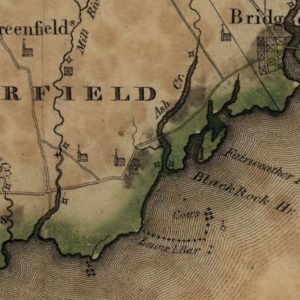
Caleb Brewster: A Patriot Against Freedom
Caleb Brewster—Fairfield, Connecticut’s resident member of the Culper Spy Ring during the Revolutionary War—was also an active participant in the African Slave Trade.
Read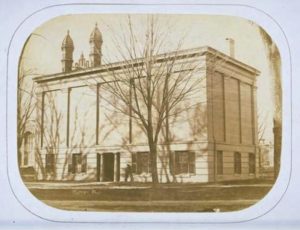
Yale University Art Gallery – Today in History: October 25
Also known as the Picture Gallery, the Trumbull Gallery holds the distinction of being the first art museum at an educational institution in the United States.
Read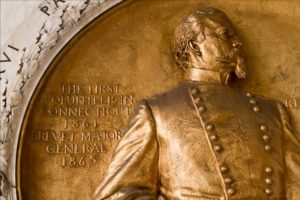
A Memorial to General Hawley at the State Capitol
Although not a native of Connecticut, one would be hard pressed to find a man more committed to the people of Connecticut than Joseph Roswell Hawley. He became Brigadier General of the 1st Connecticut Infantry during the Civil War and served the state as both a senator and as Connecticut’s 42nd governor. Within months of his death, the Connecticut legislature authorized construction of a memorial in his honor.
Read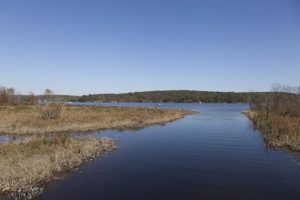
Old Saybrook Faces Down Threats to Its Water Supply
Shallow waterways and shifting sandbars made water navigation hazardous and prevented Old Saybrook from ever becoming a major port city.
Read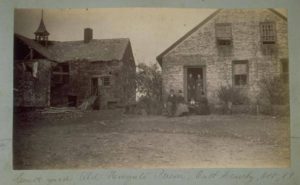
Notorious New-Gate Prison
A failed Simsbury copper mine is now a national historic landmark in East Granby.
Read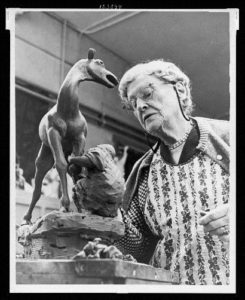
A Celebrated Artist and a Meaningful Space – Today in History: October 20
The Danbury Museum & Historical Society’s Huntington Hall honors the memory of a famed US sculptor, Anna Hyatt Huntington.
Read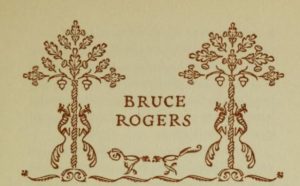
A Revolutionary Book Designer: Bruce Rogers of New Fairfield
Bruce Rogers was a book designer who settled in New Fairfield. Considered one of the great typographers of his time, his masterpiece was the 1936 Oxford Lectern Bible.
Read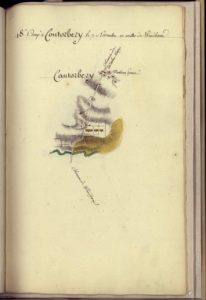
Map – Rochambeau’s Camp at Canterbury
This map, “Camp à Contorbery, le 7 Novembre, 10 milles de Windham,” is a page from the manuscript atlas Amérique Campagne 1782.
Read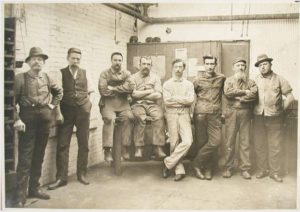
Late 19th-Century Immigration in Connecticut
Immigration to Connecticut in the second half of the 19th century proceeded much as it had in earlier decades.
Read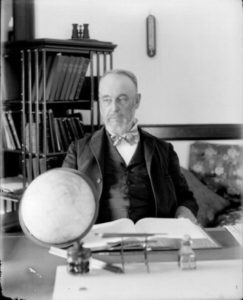
Goshen’s Asaph Hall Becomes an Astronomical Success
Credited with discovering the moons orbiting the planet Mars, Asaph Hall became an international science celebrity in the 19th century.
Read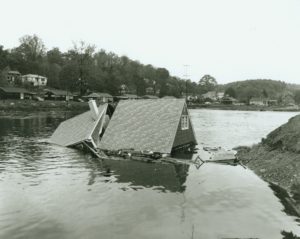
Byram River Flood – Today in History: October 15
A few minutes before 11:00 pm on October 15, 1955, Greenwich officials pulled the alarm signal and declared a state of emergency.
Read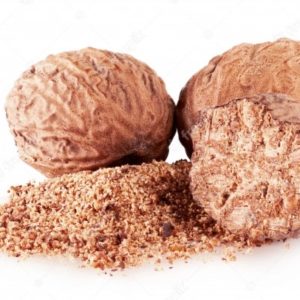
The Storied History behind Connecticut’s Nicknames
Though Connecticut’s official nickname is the “Constitution State,” it has been known by many names throughout the centuries.
Read
New Haven Gives the Lollipop its Name – Today in History: October 13
On October 13, 1931, the name “Lolly Pop” was officially registered to the Bradley Smith Company of New Haven by the US Patent and Trademark Office.
Read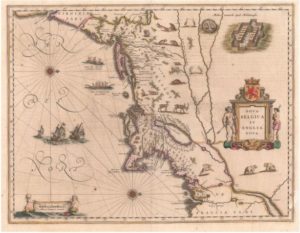
Reckoning with the Dutch: the Treaty of Hartford, 1650
Hartford place names, such as Dutch Point, Huyshope Avenue, and Adriaen’s Landing, are reminders of a time when Connecticut was part of New Netherlands.
Read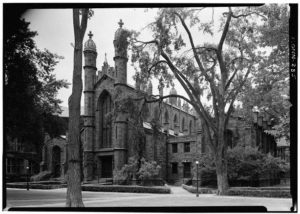
Timothy Dwight Provides Religious, Military, and Educational Services for a Young Country
Timothy Dwight was an influential preacher, poet, and educator who served as a chaplain during the Revolutionary War and later as the president of Yale College.
Read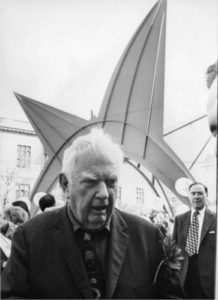
Calder’s Stegosaurus Dedicated – Today in History: October 10
On October 10, 1973, Alexander Calder’s sculpture, Stegosaurus, was dedicated in Hartford.
Read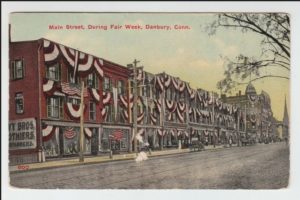
The Great Danbury State Fair & Early 20th-Century Outdoor Advertising
In 1909, the Danbury Agricultural Society called attention to its upcoming fair in a most creative manner.
Read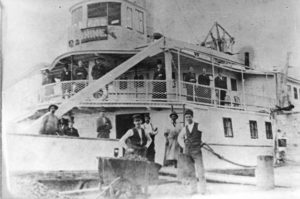
Rising Tide: Steamboat Workers on the Connecticut River
For the deck hands, stevedores, and firemen who made the steamboats of the Hartford Line run, 18-hour days, dangerous conditions, and lousy food were the norm.
Read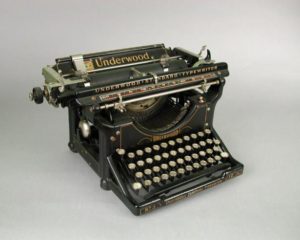
Typing History
Home to companies such as Royal and Underwood, Connecticut became an important manufacturing center for typewriters in the early 20th century.
Read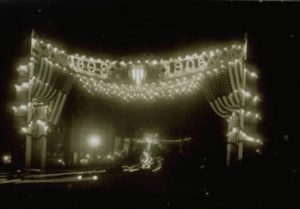
Mighty, Mighty Hartford
In October of 1908, Hartford celebrated the opening of the Bulkeley Bridge, which connected Hartford and East Hartford, with a three-day extravaganza.
Read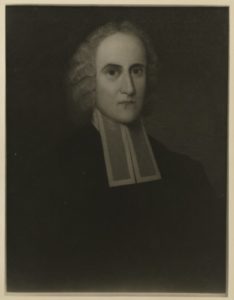
Connecticut Origins Shape New Light Luminary Jonathan Edwards
One of the most significant religious figures in US history, this theologian, philosopher, pastor, revivalist, educator, and missionary spent his formative years in Connecticut.
Read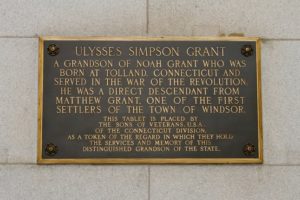
Unveiling of the Grant Memorial Tablet – Today in History: October 4
On October 4, 1916, the Ulysses Simpson Grant Memorial Tablet was officially unveiled in the north lobby of the Connecticut State Capitol building in Hartford.
Read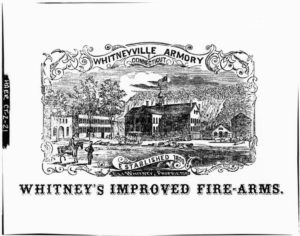
The Whitney Armory Helps Progress in Hamden
Eli Whitney later established an armory in Hamden that not only produced weapons for the US government during the early 19th century but also contributed to the evolution of mass-produced firearms.
Read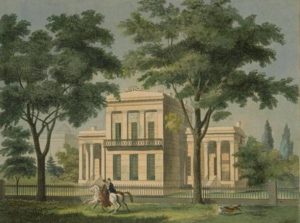
American Architect Ithiel Town Born – Today in History: October 3
On October 3, 1784, prominent American architect and engineer Ithiel Town was born in Thompson.
Read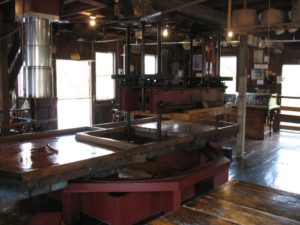
BF Clyde and the Steam-powered Cider Mill – Who Knew?
In 1881, Connecticut resident Benjamin F. Clyde began producing and selling cider in Mystic.
Read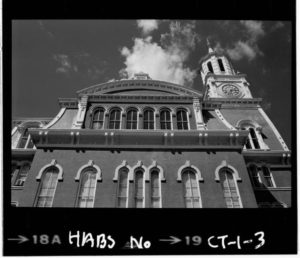
Site Lines: Monuments to Connecticut’s Lost County Government
County government operated in Connecticut in one form or another for nearly 300 years before the state abolished it in 1960.
Read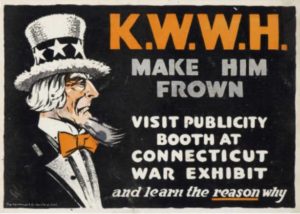
Winning the Great War without Some Books
In April 1918, Governor Holcomb designated English as the only language to be used in teaching and prohibited schools from employing “alien enemies.”
Read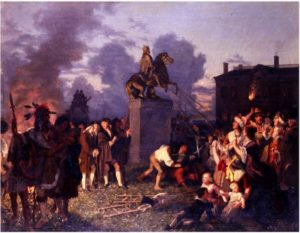
Mariann Wolcott and Ralph Earl – Opposites Come Together and Make History
The story of Mariann Wolcott and Ralph Earl captures much of the complexity the Revolutionary War brought to the lives and interactions of ordinary citizens.
Read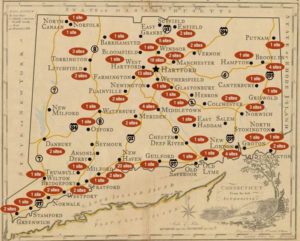
Site Lines: Connecticut’s Freedom Trail
Sites along the Connecticut Freedom Trail mark key events in the quest to achieve freedom and social equality for African Americans in the state.
Read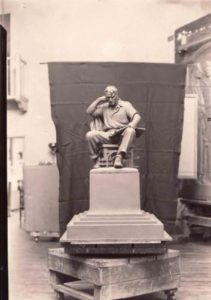
Evelyn Beatrice Longman Commemorates the Working Class
“Industry,” also known as “The Craftsman,” by Evelyn Longman, resides in Hartford and is a celebration of the working class and their contribution to society.
Read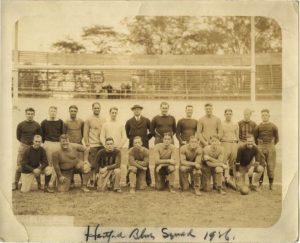
When the NFL Played in Connecticut: The Hartford Blues
In 1926, the Hartford Blues became the first and only NFL team to call Connecticut home. After a disappointing season, the NFL voted them out of the league.
Read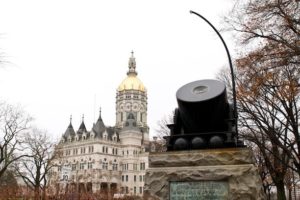
A Monument Memorializes the Fallen
In front of the state capitol is a mortar commemorating the service of the First Connecticut Heavy Artillery Regiment. The mortar may or may not be the original “Petersburg Express” used at the famous siege of Petersburg, Virginia, during the Civil War.
Read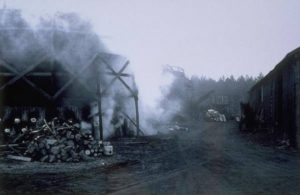
1938 Hurricane Fuels Charcoal Business – Who Knew?
The hurricane of 1938, which devastated the Quinebaug Forest, ended up driving the development of the charcoal industry in Union.
Read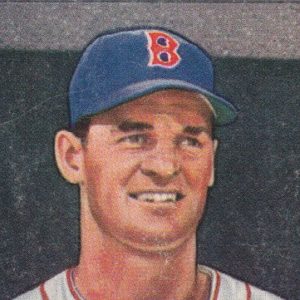
Walt Dropo Stars Throughout New England
Few major league baseball players had rookie seasons as good as Walt Dropo’s while playing for the Boston Red Sox in 1950.
Read
Nathan Hale Hanged in New York – Today in History: September 22
On September 22, 1776, the British hanged Revolutionary War soldier Nathan Hale, a school teacher from Coventry, Connecticut, for spying.
Read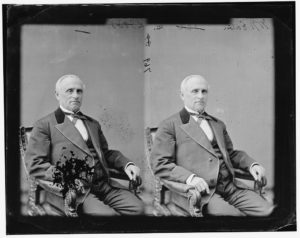
William Eaton, a Peace Democrat and Civil War Opponent
This 19th century Connecticut politician took a controversial stand against a war that would divide the Union and decrease states’ rights.
Read
Thomas Hooker: Connecticut’s Founding Father
A powerful and popular preacher, Thomas Hooker led a group of Puritans out of Massachusetts in 1636 to settle new lands that eventually became the city of Hartford.
Read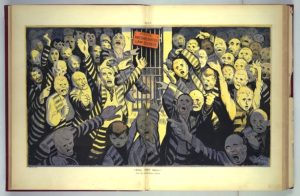
Art Young, Radical Cartoonist
One of the more controversial cartoonists of the early 20th century, Art Young lived much of his life in Bethel. Residents later founded the Art Young Gallery in his memory.
Read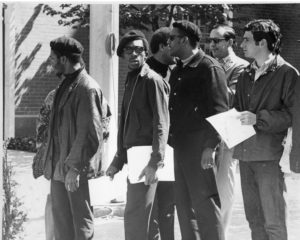
The Rise of the Black Panther Party in Connecticut
The Black Panther Party in Connecticut fought for an end to discriminatory legal and regulatory practices, often clashing with authorities to achieve their goals.
Read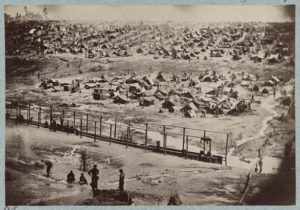
Remembering Civil War Prisoners of War
Outside the Connecticut State Capitol building in Hartford stands a monument to the Connecticut prisoners retained at the Andersonville Prison during the Civil War.
Read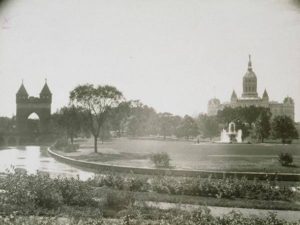
Soldiers and Sailors Memorial Arch – Today in History: September 17
In 1886, the Soldiers and Sailors Memorial Arch was dedicated to honor the 4,000 Hartford residents who served, and the nearly 400 who died, in the Civil War.
Read
Prudence Punderson, Ordinary Woman, Extraordinary Artist: Needlework in Connecticut
Completed in the 1700s, “The First, Second and Last Scene of Mortality” is considered to be one of the most spectacular pieces of needlework in US history.
Read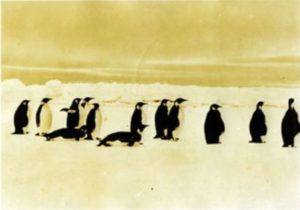
Sixty Degrees Below Zero: Connecticut Man Explores Antarctica
John Henry Von der Wall, a life-long resident of Bolton, took part in Rear Admiral Richard E. Byrd’s famed expeditions to the South Polar regions.
Read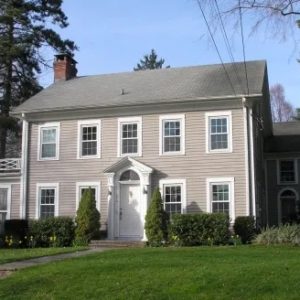
“Washburn Colonials”: Distinguished 1920s Homes Stand the Test of Time
Without formal training, Alice Washburn designed some of Connecticut’s most iconic Colonial Revival buildings of the early 20th century.
Read
World’s First Helicopter – Today in History: September 14
On September 14, 1939, the VS-300, the world’s first practical helicopter, took flight at Stratford, Connecticut.
Read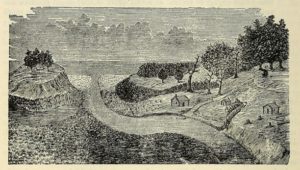
Putting Cleveland on the Map: Lorenzo Carter on the Ohio Frontier
From Connecticut, Lorenzo Carter became the first permanent settler of the community that became Cleveland, Ohio.
Read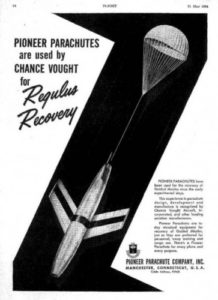
Parachutist Snagged in Midair – Today in History: September 13
On September 13, 1966, Charles (Chuck) Alexander in Manchester, Connecticut became the first human to be captured by an aircraft in flight.
Read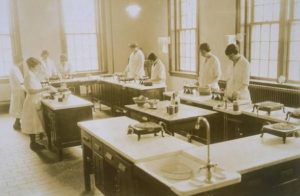
From Aprons to Lab Coats: The Art and Science of Home Economics
In 1893 the Storrs Agricultural College (the precursor to the University of Connecticut) began training women in domestic science, the discipline that would later be called home economics.
Read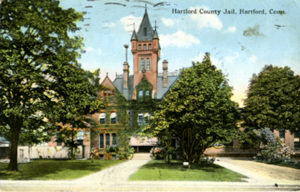
The Deplorable History of Hartford’s Seyms Street Jail
Abhorrent conditions characterized life in Hartford’s Seyms Street Jail for much of its century-long service to the county.
Read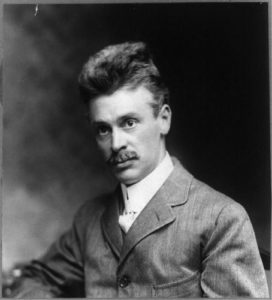
A Diversified Mind: Hiram Percy Maxim
No matter his field of endeavor—from automotive design to wireless radio—this multitalented creator had a hand in key developments of the early 1900s.
ReadMore Articles




